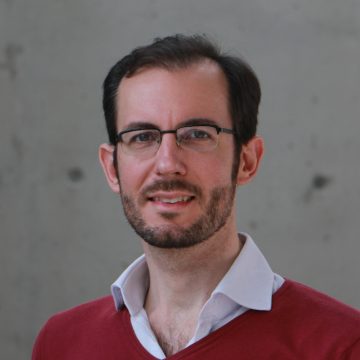
Ernst Schwartz
Medical University Viennamedical imaging, fetal MRI, neuroscience, shape analysis
Since obtaining my masters degree from the Technical University of Vienna in Medical Informatics in 2010 I have been working at the CIR Lab at the Medical University of Vienna together with Prof. Georg Langs. After working on vascular imaging and image-based modelling of the effects of vascular disease and interventions on vascular dynamics, a series of collaborations with Prof. Daniela Prayer and Prof. Gregor Kasprian amongst others led me to the field of neuroimaging. There, I implemented processing methods for fetal brain MRI, allowing for the automatic quantification of the development of the fetal brain in utero. This collaboration resulted in the development of a processing pipeline allowing for the segmentation and modelling of brain structures from in utero MRI as well as a series of works on image-based modelling of fetal brain development in both health and disease. My main research interest is the extraction of otherwise hidden knowledge from image data, with a special focus on neuroimaging and development.
Deep learning in medical imaging
Driven by a dramatic increase in the availability of both powerful hardware and large datasets, deep learning has revolutionized the field of computer vision in the last decade, dramatically outperforming previous approaches in diverse areas such as classification, semantic image understanding, segmentation and object detection to name a few. The application of these methods in the domain of medical imaging have shown that it is possible to achieve human-level performance in disease diagnostics and understanding. In this presentation, I will provide a quick overview of the essentials of deep learning on image data before presenting recent applications in the medical domain.
Keywords: deep learning, medical imaging, neural networks, convolution, U-net